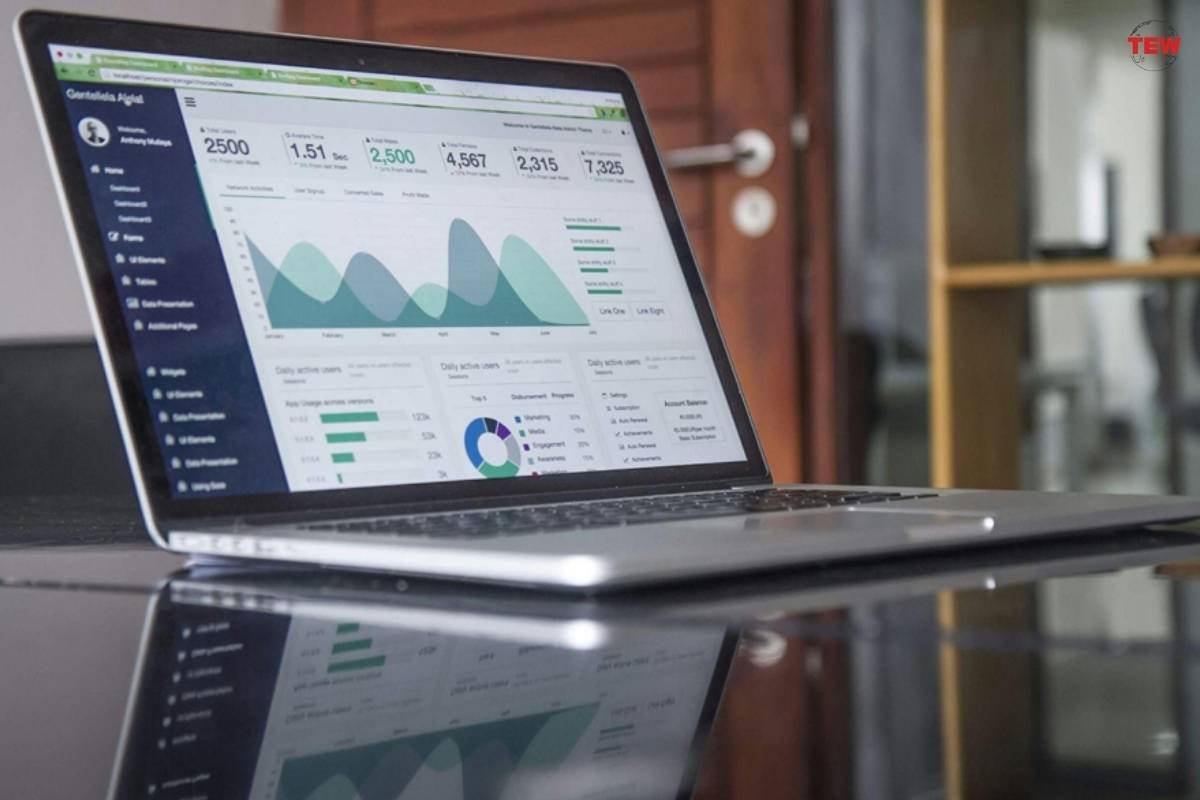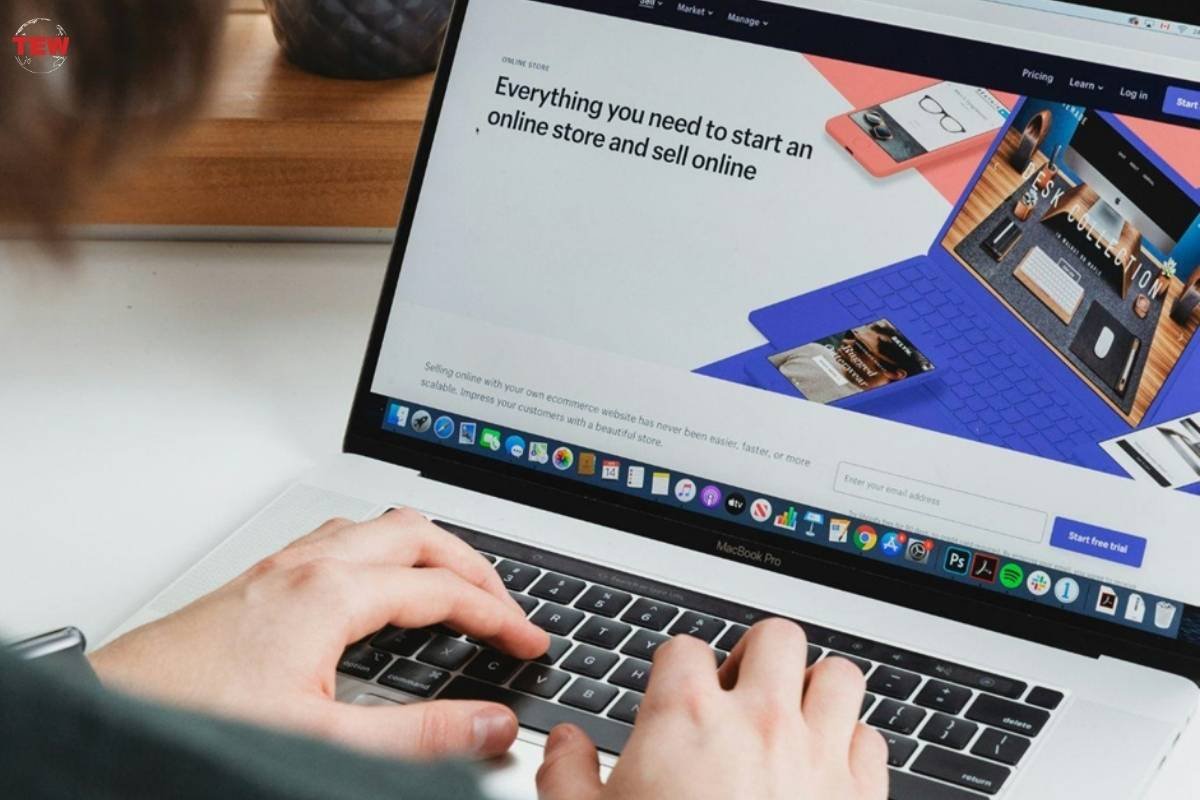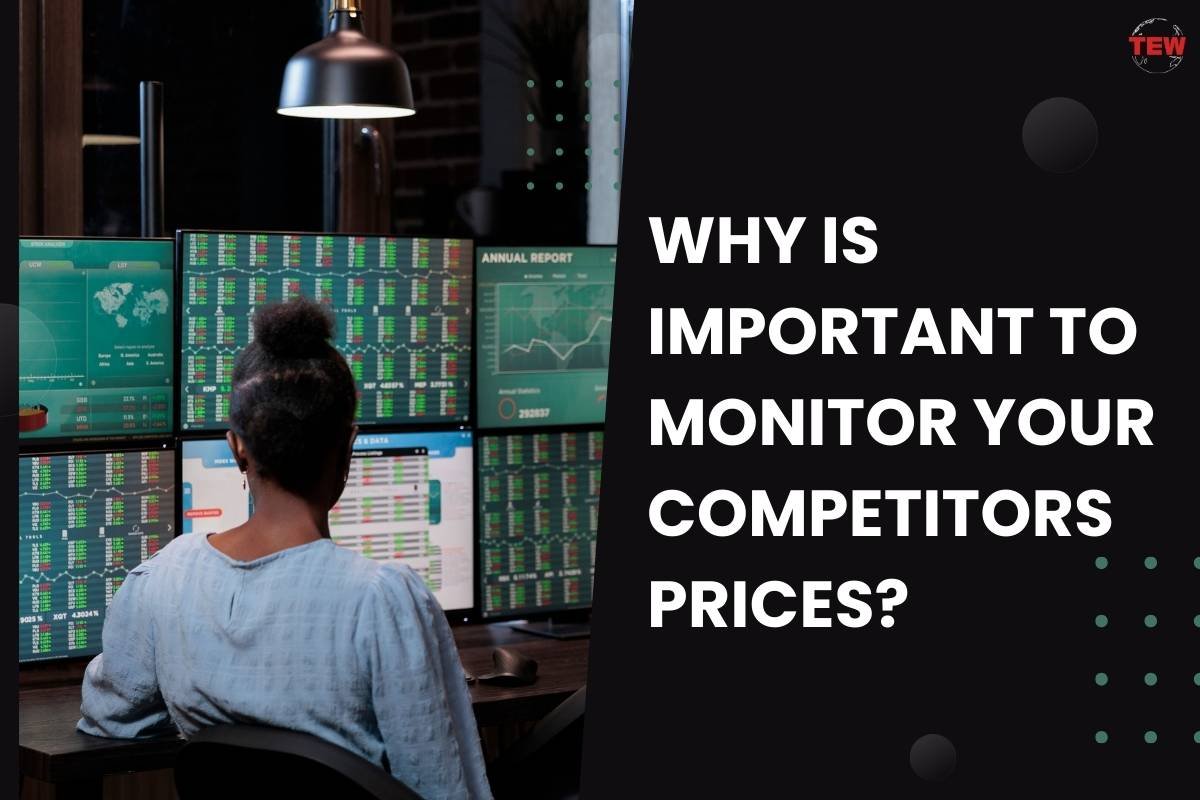In the fiercely competitive e-commerce landscape, the strategic practice of competitive price monitoring stands as a critical business tool. This process involves systematically tracking and analyzing the pricing strategies of competitors to inform one’s pricing decisions. Its significance cannot be overstated, as it provides a clear lens through which businesses can view the market’s pricing dynamics, enabling them to stay competitive and responsive to market shifts.
Embracing competitive price monitoring offers a multitude of overarching benefits. It empowers businesses to align their pricing strategies with the market, ensuring they remain attractive to consumers while safeguarding profit margins. Moreover, it provides insights into market trends, helping businesses anticipate and react to changes in consumer preferences and competitor tactics. In essence, staying informed about competitors’ pricing strategies is not just about keeping up; it’s about strategically positioning oneself to capitalize on opportunities and navigate the challenges of the e-commerce environment effectively.
Understanding the competitive price monitoring

Grasping the competitive price monitoring in e-commerce is paramount for any business aiming to thrive in today’s digital marketplace. A thorough understanding of this landscape means being acutely aware of how competitors position themselves, not just through their marketing and product offerings, but crucially, through their pricing strategies. It’s here that competitor price tracking becomes an invaluable asset, offering a window into the pricing tactics employed by market peers, and providing a benchmark against which to measure one’s pricing strategy.
Competitor price tracking is more than a reactive measure; it’s a proactive strategy that furnishes businesses with a wealth of insights. By monitoring how competitors price their products, companies can gain a deeper understanding of prevailing market trends, discern patterns in pricing adjustments, and get a sense of emerging consumer preferences. This continuous stream of data is instrumental in shaping informed, data-driven pricing strategies that resonate with the target audience and stay ahead of market shifts.
Moreover, this practice illuminates the broader strategic moves of competitors, offering clues about their sales tactics, promotional cycles, and possibly even their supply chain and inventory levels. Such insights are invaluable for businesses looking to refine their competitive strategies and align their offerings more closely with market demands and consumer expectations, ensuring they remain relevant and competitive in the fast-evolving e-commerce arena.
Strategic Pricing Decisions
Monitoring competitors’ prices is a cornerstone in crafting informed strategic pricing decisions. This vigilant observation allows businesses to navigate the competitive price monitoring with a data-driven approach, ensuring their pricing strategies are not based on guesswork but on concrete market intelligence. By understanding the pricing movements of competitors, companies can adjust their own pricing models to stay competitive, capitalize on market gaps, or even lead the market in pricing innovations.
The connection between competitive price monitoring and business success is profound. Access to detailed, accurate, and timely information on how competitors are pricing their products can directly influence a company’s profitability and its share in the market. It enables businesses to set prices that are attractive to consumers while ensuring they remain profitable. This balance is crucial for sustaining long-term growth, as it helps in attracting price-sensitive customers, retaining loyal ones, and ultimately expanding market share by offering better value or more competitive pricing than rivals.
In order to handle this process efficiently, it’s possible to build web scrapers that scour competing sites for pricing info and give you real time insights into any trends or changes that might influence your own choices.
So long as you stick to ethical web scraping principles, you can do this consistently without ruffling any feathers, and strategic decision-making will be even more precise.
Responding to Market Changes
Competitor price monitoring is pivotal in enabling businesses to adapt swiftly to market changes. In the fast-paced e-commerce environment, prices can fluctuate frequently due to various factors like changes in demand, seasonal trends, or promotional activities. Having a system in place that provides real-time pricing data from competitors equips businesses with the agility to respond to these changes effectively, ensuring they remain competitive and relevant.
For instance, if a competitor launches a discount campaign, real-time insights can prompt a business to adjust its pricing strategy promptly, either by offering promotions, enhancing value propositions, or communicating the superior quality of their offerings to justify a higher price point. Such agility in business strategy, fueled by up-to-the-minute competitive pricing data, can significantly enhance a company’s ability to maintain a strong market position, adapt to consumer expectations rapidly, and seize opportunities to attract customers away from competitors, thereby driving profitability and market share growth.
Maintaining Competitive Advantage

Continuous price monitoring is essential for sustaining a competitive advantage in the market. This relentless vigilance ensures that businesses are always aligned with the current market conditions, enabling them to anticipate and react to any pricing shifts made by competitors. By staying informed, companies can proactively adjust their pricing strategies, ensuring they remain attractive to consumers and competitive within their industry. The strategic adaptation of pricing, guided by these competitive insights, allows businesses to not only match but potentially outmaneuver their rivals, securing a stronger market position and enhancing profitability.
The benefits of such adaptability are clear: businesses that respond swiftly and strategically to competitive pricing are better positioned to attract price-sensitive customers, retain market share, and even enter new markets more effectively. This dynamic approach to pricing, rooted in ongoing competitor analysis, empowers companies to consistently offer value that resonates with consumers, thereby solidifying their market presence and driving long-term success.
Building Customer Loyalty and Trust
Consistent and fair pricing, informed by diligent competitor price monitoring, plays a pivotal role in building customer loyalty and trust. When customers perceive that they are getting fair value for their money, especially in comparison to other market offerings, their satisfaction and trust in the brand increase. This perception of value is crucial in cultivating a loyal customer base; it reassures customers that they are making the right choice, fostering a sense of goodwill and continued patronage.
Moreover, the transparency and fairness in pricing, backed by a thorough understanding of the competitive price monitoring, can significantly enhance customer retention rates. Customers are more likely to stay loyal to a brand that consistently offers competitive prices and perceived value, reducing the allure of competitors. In this way, competitor price monitoring is not just a strategy for pricing optimization but a fundamental component of building lasting relationships with customers, ensuring their satisfaction and continued business.
Conclusion
Competitor price monitoring is indispensable for informed strategic pricing, maintaining a competitive edge, and fostering customer loyalty. It empowers businesses to make data-driven decisions, adapt swiftly to market dynamics, and uphold customer trust through fair pricing. To thrive in today’s competitive landscape, investing in robust price monitoring tools and strategies is crucial for any business aiming to stay ahead, remain profitable, and secure long-term success.




